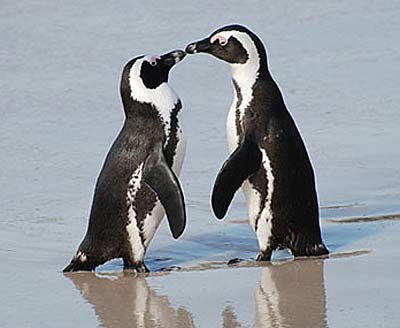African Penguin – Black Feet and Stripes
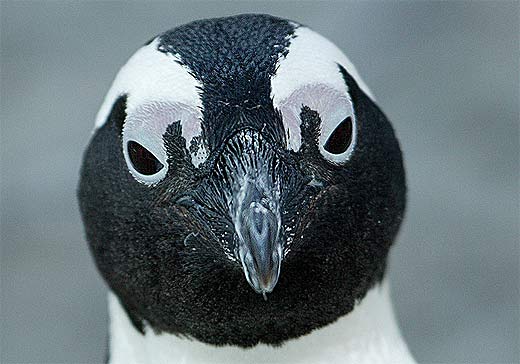
Also known as the “black footed penguin”, the African Penguin is a penguin known for its donkey-esque bray (the noise they make to communicate with each other) that lives on the southern shores of the African continent. These banded penguins grow to about 68–70 cm (26.7–27.5 in) tall and weigh between 2 and 5 kg (4.4 and 11 lbs).
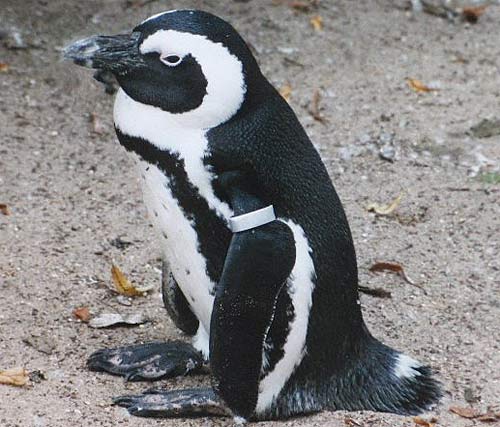
Much like the human fingerprint, this species develops spots and stripes in a pattern specific to each individual creature. They also have glands in their eyes that are used for thermoregulation; the hotter the penguin gets, the more blood is sent to these glands for cooling, giving them a strong pink coloring. In the way of coloring, the African penguin also has an interesting reason for its black and white coat. The countershading is a natural defense mechanism meant to hide it from predators while in the water. The white belly confuses underwater predators looking up at the swimming penguins, while the black back confuses those looking into the water from the shore or sky.
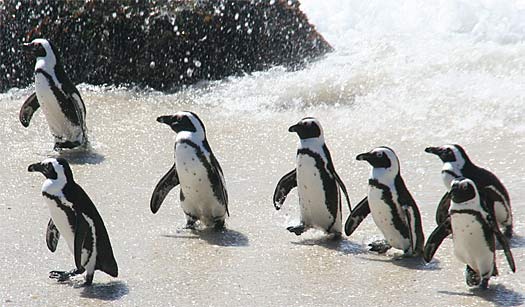
The only species of penguin on the entire continent, these creatures predominantly live on a group of 24 islands (which have become known as “The Penguin Islands”) between Nambia and Algoa Bay, but have established small colonies near Cape Town, South Africa. In the way of diet, these birds survive mainly off of pilchards, anchovies, small squid, and crustaceans; with a recent concentration on anchovies due to over-fishing of the other menu items in their waters.
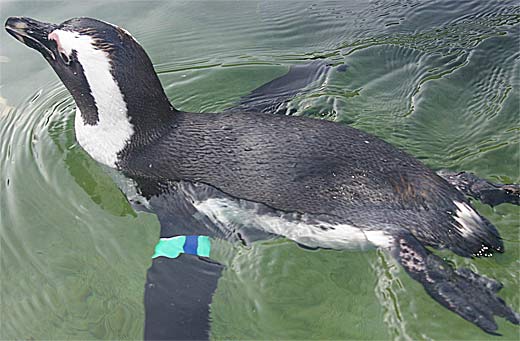
Not the best parents in the animal kingdom, these penguins are know to let their young starve in order to keep adults fed. In addition to food shortages, this species has to contend with a number of predators that includes sharks, seals, whales, and mongoose; although they still maintain a life spans that can reach up to 27 years. Unfortunately, over-fishing and poaching of their eggs has left this species on the endangered list, and experts have had to enact conservation plans to insure their continued existence.
